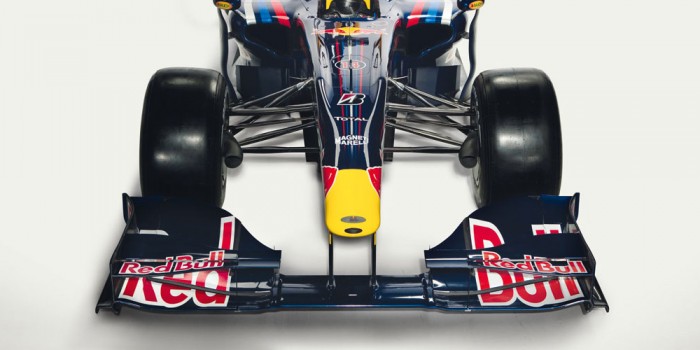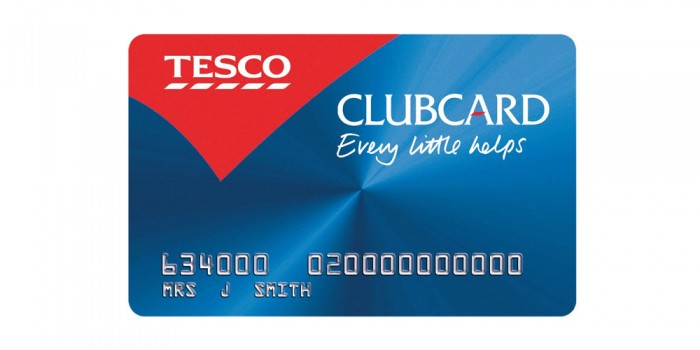Last week, my mobile phone provider didn’t send me a SIM card they had promised. In my conversation with the call centre I explained that visiting their store wasn’t a good use of my time; something they might have guessed from my initial decision to have them post the card to me. They said they couldn’t get it to me by the promised date any more (the following day). I was cross. The call centre person decided that it would be a good idea to recap on exactly what she and I had done up to that point. I politely interrupted her and pointed out that, I was getting the impression I valued my time quite a lot more highly than the phone company. I didn’t want a potted history of my (bad) recent experience, I wanted a solution. Oblivious to this and presumably because of some awful training, the […]






Recent Comments